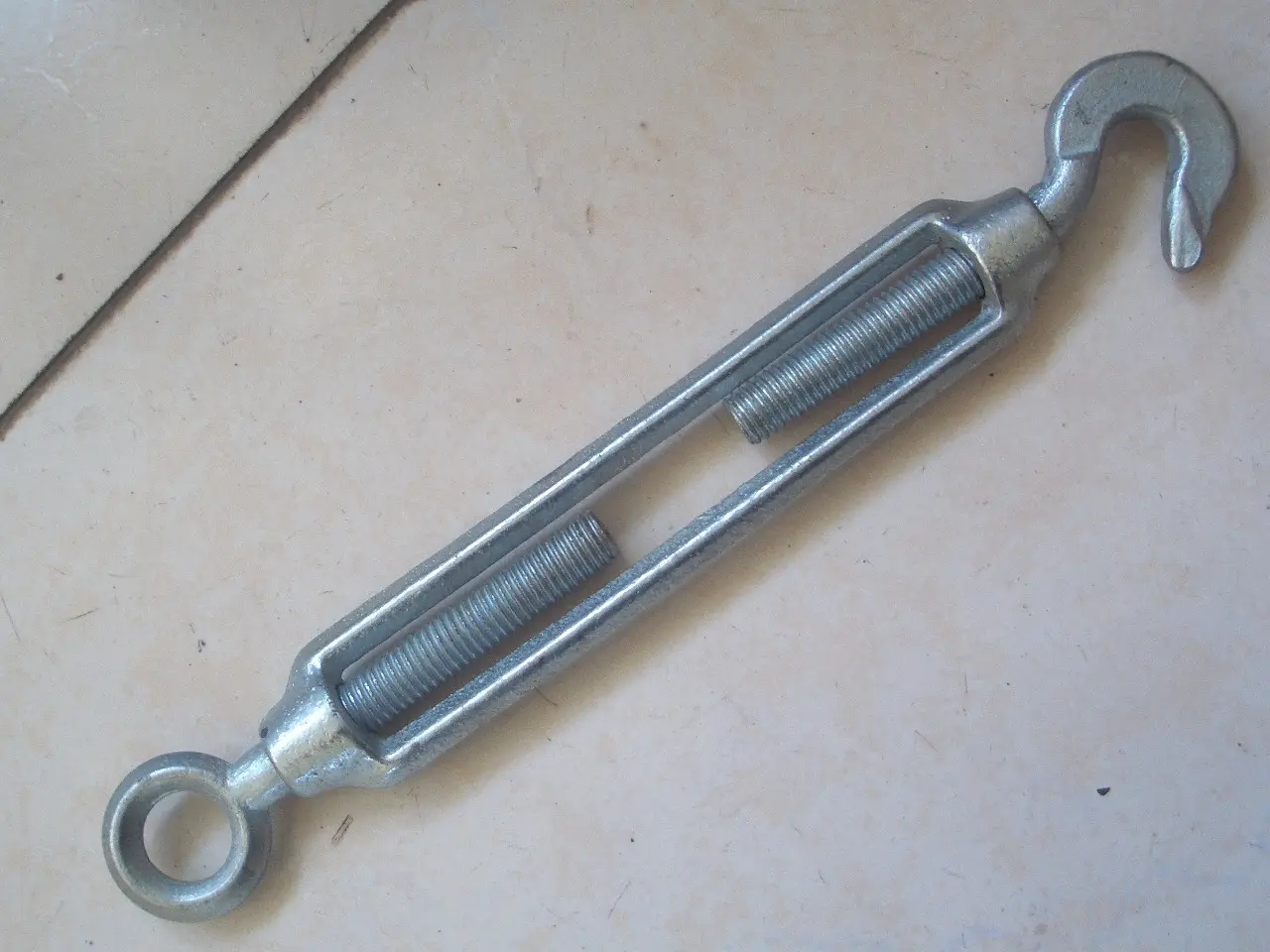News
Nov . 18, 2024 11:35 Back to list
Steel Cables and Turnbuckles for Enhanced Structural Support and Stability Solutions
Understanding Steel Cables and Turnbuckles Essential Components in Rigging Systems
In the world of construction, rigging, and various industrial applications, the significance of sturdy and reliable components cannot be overstated. Among these, steel cables and turnbuckles stand out as fundamental elements, often working together to provide secure fastening and load management solutions. This article delves into the characteristics, applications, and importance of steel cables and turnbuckles in different contexts.
Steel Cables Strength Meets Flexibility
Steel cables, commonly known as wire ropes, are essential in various applications that require strength and flexibility. Composed of multiple strands of steel wire twisted together, these cables are designed to withstand heavy loads and resist wear and tear. Their construction allows them to flex and bend without breaking, making them ideal for use in environments where bent or lengthy runs are necessary.
One of the most common uses of steel cables is in lifting and rigging applications. Whether it’s construction cranes lifting steel beams or elevators moving passengers, the reliable strength of steel cables ensures safety and efficiency. Additionally, steel cables are employed in bridges, where they provide tensile strength, allowing for the safe bearing of loads while offering structural support.
Steel cables also have a range of uses in outdoor settings, such as in the construction of fences, mooring boats, or supporting structures like transmission lines. The durability of steel allows these cables to resist harsh environmental factors, including corrosion and extreme weather conditions.
Turnbuckles Precision Tensioning
Turnbuckles are mechanical devices designed to adjust the tension or length of cables, ropes, or rods. They consist of a frame with two threaded ends that can be turned to increase or decrease the length of the connection. The use of turnbuckles is essential in applications where precise adjustments are necessary.
steel cable and turnbuckles

In construction, turnbuckles are often utilized to tension steel cables that are crucial for stabilizing structures, such as bridges and tall buildings. By adjusting the turnbuckles, engineers can ensure that the cables maintain the appropriate tension, preventing shifts or movements that could compromise structural integrity.
Consider also outdoor applications, where turnbuckles help maintain tension in awnings, canopies, and shade structures. They allow for quick adjustments should the material stretch over time or if environmental factors necessitate a change.
The Synergy of Steel Cables and Turnbuckles
The combination of steel cables and turnbuckles is prevalent in various applications due to their complementary functions. For instance, in suspension bridges, steel cables provide the necessary support to bear the load, while turnbuckles allow for ongoing adjustments to ensure optimal tension. This synergy not only enhances safety but also prolongs the lifespan of the structures.
In marine applications, steel cables might be used for mooring boats, while turnbuckles secure the cables to docks. This combination ensures boats remain securely in place, even in challenging weather conditions.
Conclusion Critical Components for Safety and Stability
Steel cables and turnbuckles are pivotal in ensuring that projects across various industries remain safe, stable, and operational. Their unique properties enable them to handle significant loads and withstand environmental challenges, while the adjustability of turnbuckles allows for continued precision in tension management. As construction and engineering projects continue evolving, the importance of understanding and utilizing steel cables and turnbuckles will only grow, making them indispensable components in the toolkit of modern engineering. Whether you’re lifting a load, stabilizing a structure, or ensuring the safety of a maritime operation, steel cables and turnbuckles are critical to success.
